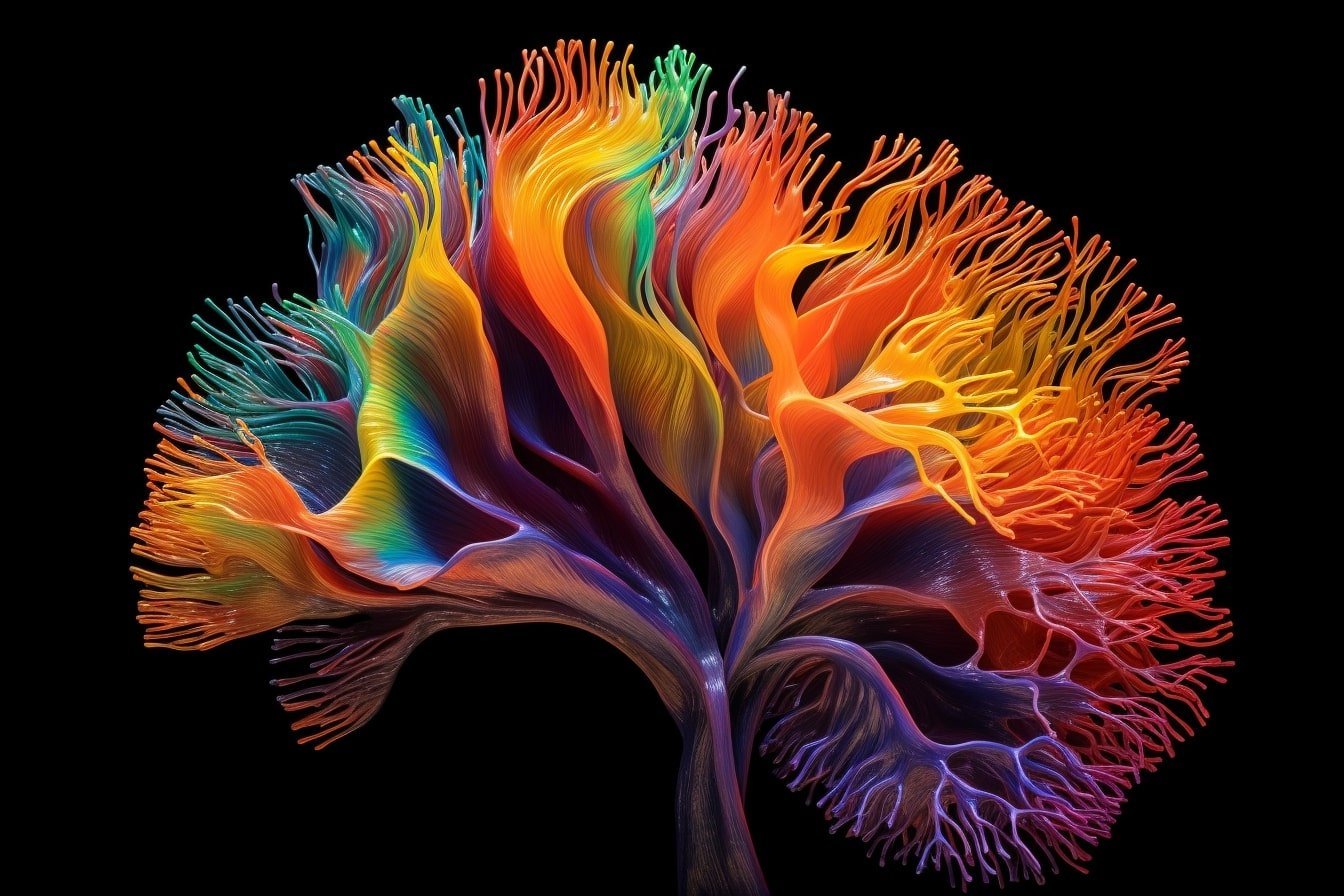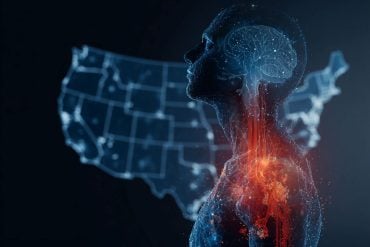Summary: Dive into this week’s hottest neuroscience discoveries from Neuroscience News.
Uncover how our survival influences visual perception, delve into the role of interoception in self-awareness, and see how an antihistamine offers hope for myelin repair in Multiple Sclerosis. Explore AI’s role in transforming silent speech into text, and learn how psychedelics are unlocking new learning windows in the brain.
Source: Neuroscience News
Welcome to Neuroscience News’ top five most captivating articles of the week!
These are the stories that have captured the imaginations of our readers over the past seven days.
#5: The Adaptive Eye: Survival Dictates Our Visual Perception
Our view of the world is not always accurate, but it’s often the most beneficial for our survival.
Experiments involving the alteration of context and rewards in visual tasks show our visual perception—right down to the retinal level—adapts to maximize personal benefits.
This evidence implies cognitive biases could sway not only our decision-making but our core perception as well, contributing to our understanding of human biases and aiding the fine-tuning of AI perception algorithms.
#4: Interoception: A Gateway to the Neuroscience of Self-Awareness
Interoception, our innate capacity to sense internal bodily states, plays a critical role in our conscious experiences and has become a central point of neuroscience research.
This article presents key insights on interoception and how this ‘sixth sense’ molds our emotions, decisions, and even our self-identity.
We also explore how flawed interoception contributes to various mental health conditions like depression and eating disorders, opening doors to more effective treatment methods and improved well-being.
#3: Antihistamine Sparks Hope for Myelin Repair in Multiple Sclerosis
A recent study identifies an over-the-counter antihistamine, clemastine, as a promising agent for brain repair in Multiple Sclerosis (MS).
Thanks to a new MRI scan technique, scientists could observe and measure the impact of clemastine on brain myelin levels.
This research provides the first-ever evidence of brain repair in a chronic neurological condition via MRI, setting a benchmark for future myelin-rebuilding therapy research.
#2: From Thought to Text: AI Converts Silent Speech into Written Words
A cutting-edge AI system, the semantic decoder, is capable of converting brain activity into continuous text. This revolutionary system may change the game for people who can’t speak due to conditions like stroke.
Using non-invasive fMRI scan data, it transforms thoughts into text without the need for surgical implants. While not perfect, this AI system successfully captures the core of a person’s thoughts around 50% of the time.
#1: Psychedelics Unlock Learning Windows in the Brain
Researchers have found an extraordinary attribute of psychedelic drugs: their potential to reactivate “critical periods” in the brain when it’s most sensitive to environmental learning signals.
Usually associated with skills development such as language learning, psychedelics can reopen these periods for varying lengths of time.
This finding could have therapeutic applications for conditions like stroke and deafness while revealing new molecular mechanisms influenced by psychedelics.
Thanks for reading and don’t forget to stop by every day for your latest, breaking news in neuroscience, cognitive sciences, and artificial intelligence.
About this neuroscience research news
Author: Neuroscience News Communications
Source: Neuroscience News
Contact: Neuroscience News Communications – Neuroscience News
Image: The image is credited to Neuroscience News








